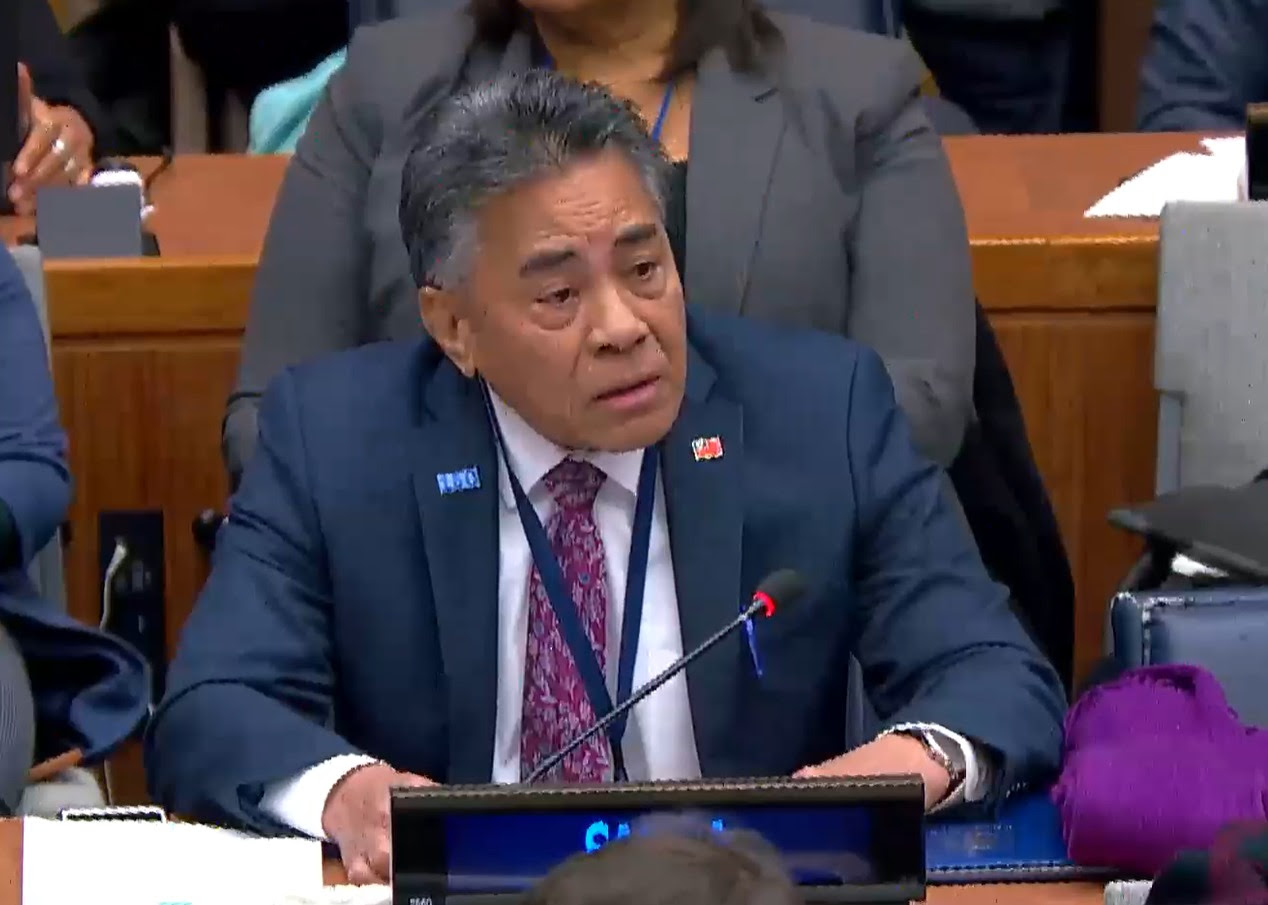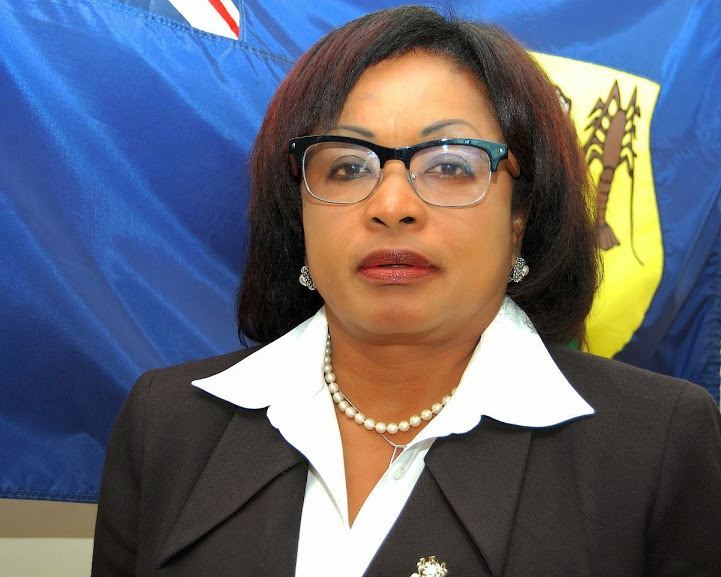This news article is a production distributed through Caribbean News Service. It is made freely available to your media and we encourage publishing and redistribution, giving credit to Caribbean News Service (CNS).
ST JOHN’S, Antigua, Jun 02 2016 – Lia joined the Ministry of Health and the Environment in 2014, following the completion of her studies at Yale University where she focused on climate adaptation and mitigation.
With the National Designated Authority, she supports the Ministry’s engagement with the Green Climate Fund (GCF), the Adaptation Fund and the UNFCCC negotiation process.
Share with us a game-changer project or programme that GCF could fund in Antigua and Barbuda that would represent a paradigm shift?
Antigua and Barbuda’s approach is adaptation with mitigation co-benefits. We are focusing on preparing the country for climate impacts that we are already experiencing and that we anticipate are going to be much more severe in the future. Within this context, the water sector is a priority and offers a high paradigm shift opportunity as it represents a core element of resilient island life.
Antigua and Barbuda is experiencing a three-year drought, with the country missing out on an entire year’s worth of rain. In a good year, the island is 60% reliant on desalination water, which is extremely energy intensive and costly. Because of the water sector’s relationship with the energy sector, if we increase our reverse-osmosis capacity, we have to couple this with renewable energy. Our adaptation options should not increase emissions. This is why we are looking to a combination of solar and wind to build the resilience we need.
One of the benefits of a country like Antigua and Barbuda, with a population of about 100,000, is that when we talk about paradigm shift, we implement one project and we are reaching close to 100% of the population.
What are the major challenges and opportunities in implementing the Paris Agreement in Antigua and Barbuda?
Antigua and Barbuda’s nationally determined contributions (NDC) targets are ambitious and conditional, with implementation linked to predictable and sufficient financing. As an extremely indebted country we have limited resources, and it is important to note that the government has been self-financing the costs of climate variability, coping with 12 extreme hurricanes in the last 20 years, as well as the recent drought. The country has had to absorb the significant costs associated with getting back on its feet, with a substantial portion of GDP going to recovery efforts.
When we look at the adaptation and mitigation targets we have set, covering water, energy, waste, and transport, being able to finance the entire package is the big question mark. We’ve worked hard at establishing an enabling environment through legislation, and we now have a comprehensive environment act (Environmental Protection and Management Act) passed in 2015. The challenge of the Paris Agreement is funding for implementation.
How do you foster effective partnerships with the private sector in Antigua and Barbuda?
In Antigua and Barbuda, we want to foster a dynamic partnership approach with the private sector, to leverage what is currently available and design interventions that improve business viability. For example, in some of our adaptation work we are looking at homeowners as the private sector, to promote renewable energy and rainwater harvesting technologies. To support uptake, we would provide concessional loans that would be paid back into a revolving fund to be made available to other homes and small-business operators to borrow.
Another important aspect is reducing the cost of energy—Antigua has among the highest electricity prices in the world, which is a major inhibitor to business growth. Our NDC targets are ambitious when it comes to renewable energy, which would help address the high costs of electricity. Ultimately we want to help catalyze the private sector so we can do partnerships with them on climate-resilience.
What are some of the innovative ways to engage communities and other local stakeholders in decision-making processes?
A shared vision is critical, and the INDC process has helped initiate this. A core aspect of our approach to engage stakeholders has been setting up our national environmental fund, the Sustainable Island Resource Framework Fund (SIRF Fund). Legislated in 2015, the SIRF Fund will help streamline both international and domestic funding for climate and environment. Management of the SIRF Fund is key, and we are involving all stakeholders in this aspect. We also have a technical advisory committee that consists of 17 different government departments, three NGOs and one private sector representative. Together this committee reviews all project proposals, providing for an expansive approach that strengthens relationship building from the outset of a project. As the NDA, GCF’s approach of enhancing direct access will be helpful to build decision-making and programme resources at the national level, and we appreciate that this is an innovative approach that the GCF is taking. It will help us to work more closely with communities and stakeholders.




